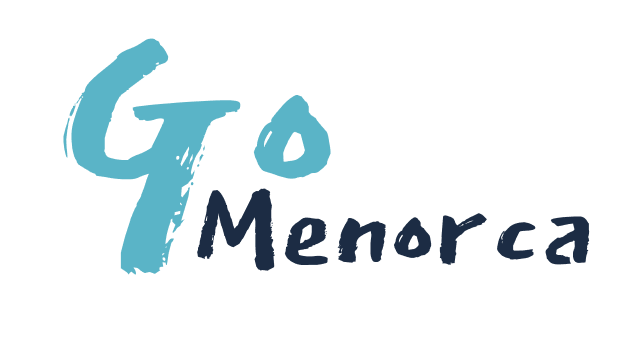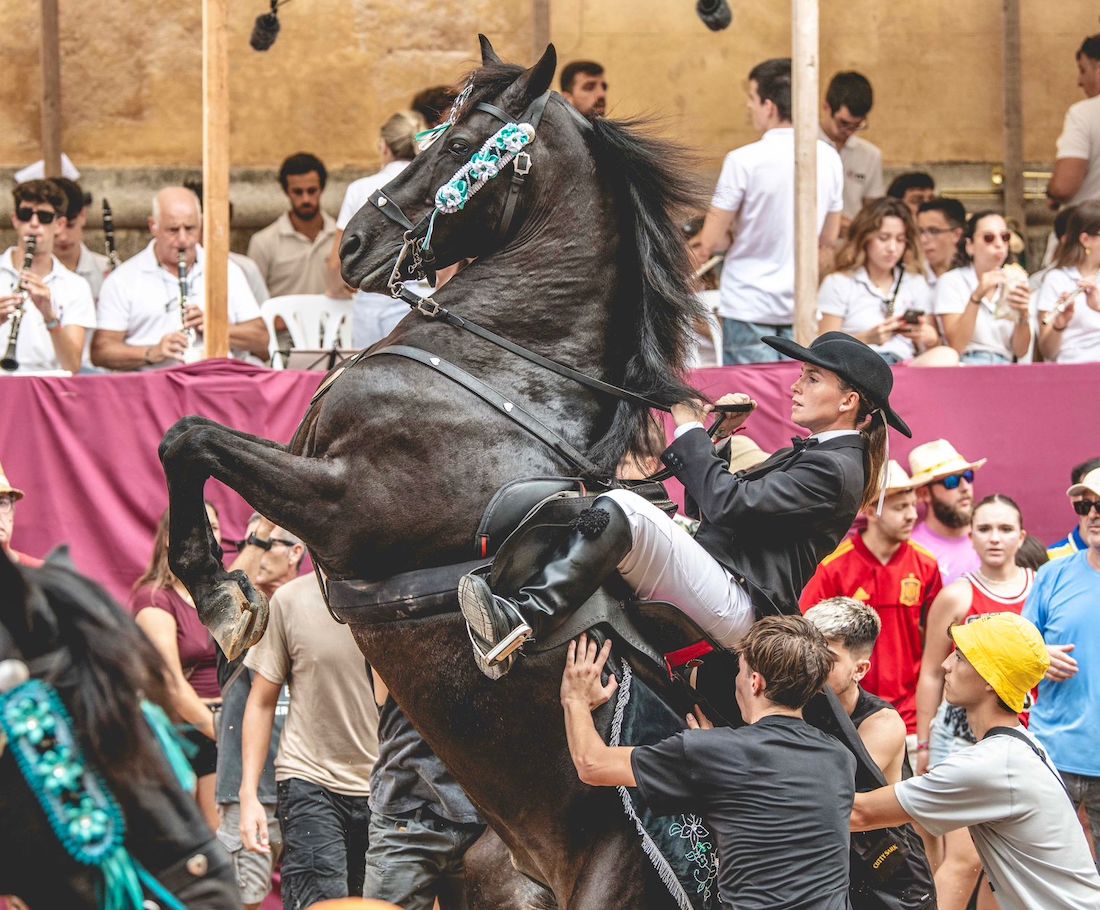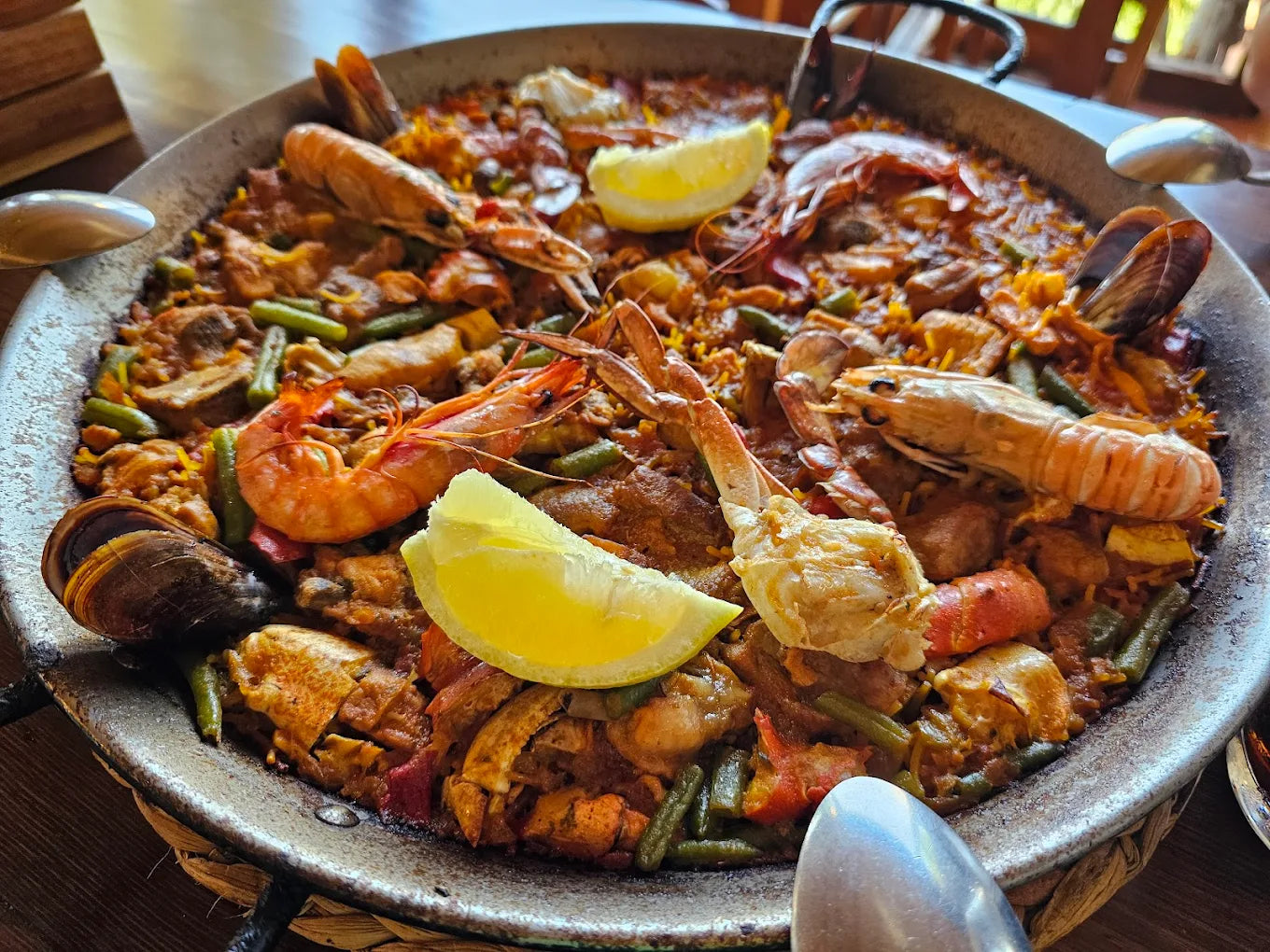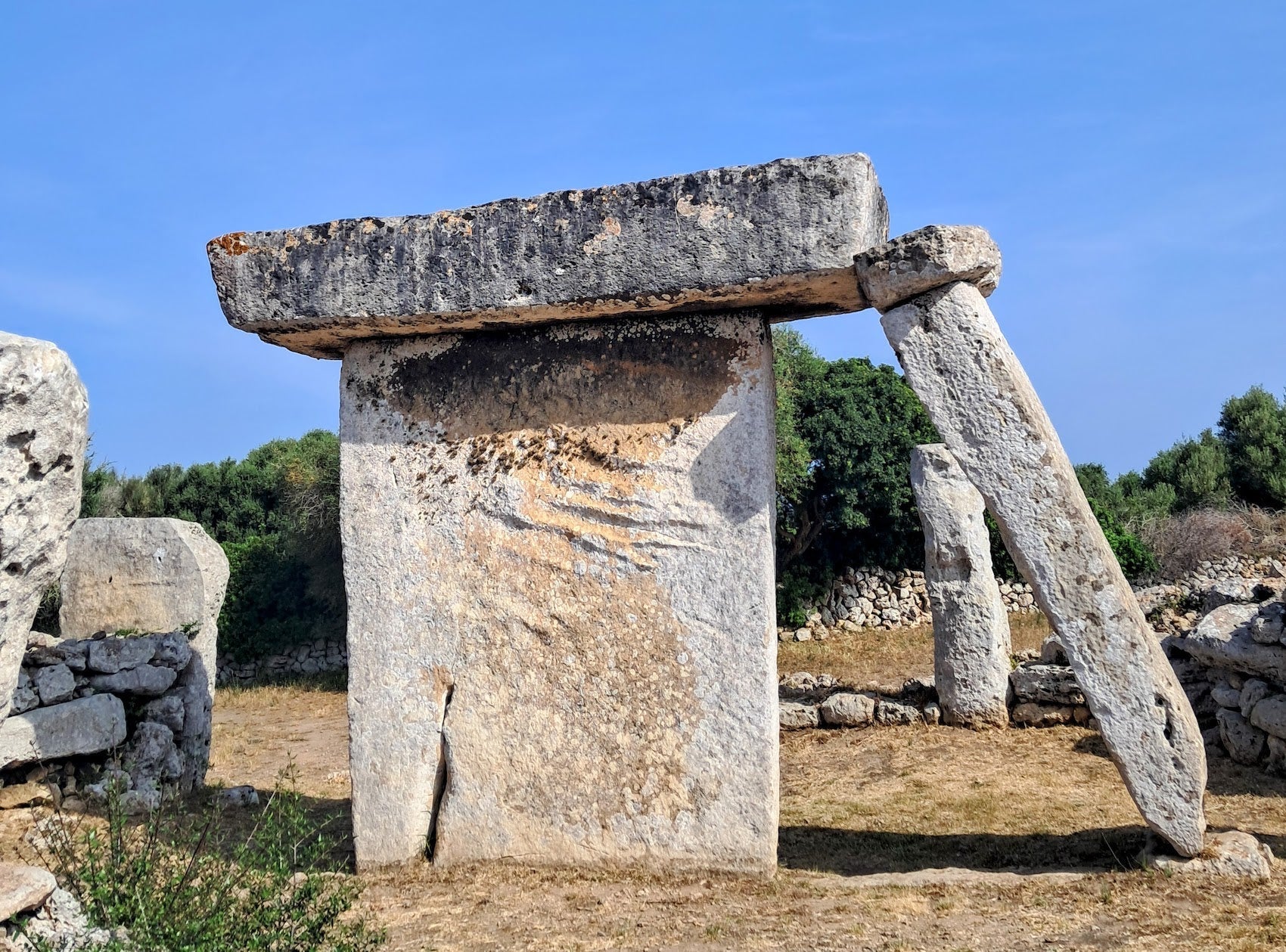In a world where traditions often fade under the weight of modernity, Menorca’s summer fiestas remain a spectacular celebration of folklore, community and island pride...
Menorca’s Summer Fiestas: Horses, History, and Tradition
Menorca’s summer pulses with the energy of its legendary fiestas (festes in the local language), an unbroken thread of celebration that begins in Ciutadella in June and ends in late September in Alaior (see the 2025 schedule below). More than mere festivals, these events are living expressions of Menorcan identity, filled with medieval pageantry, religious devotion, and the heart-stopping spectacle of its iconic black horses rearing to traditional music. Every village on the island hosts its own patron saint’s fiesta, transforming sleepy town squares into arenas of joy and community spirit.
A Legacy of Faith and Festivity
The origins of Menorca’s summer fiestas stretch back centuries, rooted in both religious devotion and historical necessity. The island’s deep Catholic traditions meant that each village honored its patron saint with grand celebrations, while the presence of noble families and their cavalry established the role of the horse as a symbol of power and prestige. Over time, these two elements merged, giving birth to the uniquely Menorcan style of fiesta—where horses, not bulls or fireworks, take center stage.
Unlike the fiestas of Mallorca or Ibiza, which are often defined by electronic music festivals or elaborate pyrotechnics, Menorca’s fiestas remain deeply tied to their medieval origins. The noble art of equestrian displays, known as the “jaleo,” is the heart and soul of every Menorcan fiesta, creating a visceral connection between the island’s past and present.

Above: the fiestas of Fornells in late July (see full 2026 schedule below)
The Pulse of the Fiestas: The Jaleo and the Menorquín Horse
At the core of every Menorcan summer fiesta is the jaleo, an electrifying spectacle in which majestic Menorquín horses, ridden by skilled horsemen known as caixers, rear up onto their hind legs amidst a sea of revelers. The riders guide their horses through dense crowds, performing controlled leaps as people try to touch the animal’s chest—a gesture believed to bring good luck.
These horses are no ordinary breed. The Menorquín horse, native to the island, is a powerful and elegant black stallion, a breed that has been carefully preserved for centuries. Their agility and grace make them the perfect participants in the dramatic, almost ritualistic performances that define Menorca’s fiestas.

Above: at the fiestas de Sant Joan in Ciutadella - the magnificent kick-off to the summer
From Ciutadella to Mahón: A Summer of Celebration
The fiestas kick off with the grandest of them all—the Festes de Sant Joan in Ciutadella. This fiesta is a spectacle of ancient tradition, where men dressed as medieval knights, known as “cavallers”, parade through the town on horseback. The festival features religious processions, jousting games, and the unforgettable Caragol des Born, where hundreds gather in Ciutadella’s main square as horses dance and rear up among the crowd.
From there, the fiestas sweep across the island, as each town hosts its own version in honor of its patron saint. Es Mercadal, Fornells, and Ferreries host their fiestas in July, followed by Alaior, Es Castell, and Sant Lluís in August. Each village has its unique traditions, but the essence remains the same—saints are honored, horses dance, and the community comes together in an explosion of music, color, and tradition.
The fiestas culminate in September with the Festes de la Mare de Déu de Gràcia in Maó, bringing the summer to a grand finale. Here, the jaleo takes over the capital city’s streets, while live music, and endless celebrations mark the changing of the seasons.

Above: at the fiestas of Fornells in July - the horses are typically docile and many of their riders will give you permission to touch them - always ask first!
Summary of the Fiesta Schedule for 2026
Sant Joan (Ciutadella): June 23 & 24
Sant Martí (Es Mercadal): July 19 & 20
Sant Jaume (Es Castell): July 24 & 25
Sant Antoni (Fornells, Es Mercadal): July 26 & 27
Sant Cristòfol (Es Migjorn Gran): August 2 & 3
Sant Gaietà (Llucmaçanes): August 2 & 3
Sant Llorenç (Alaior): August 9 & 10
Fiesta de Sant Climent (Sant Climent): August 16 & 17
Sant Bartomeu (Ferreries): August 23 & 24
Sant Lluís (Sant Lluís): August 30 & 31
Fiestas de Gràcia (Mahón): September 7 & 8
Sant Nicolau (El Toro, Es Mercadal): September 13 & 14
Fiestas de Calan Porter (Calan Porter): September 20 & 21
Fiestas de Es Caixers (Alaior): September 27 & 28
Fiestas de San Miquel (Es Migjorn Gran): September 27 & 28
More Than Just a Party: The Cultural Significance
While the Menorcan fiestas are undoubtedly joyous and exhilarating, they are also deeply symbolic. The role of the horse speaks to Menorca’s history of noble lineages and rural traditions, while the religious processions reflect the island’s enduring faith. The fiestas also serve as an important social glue—generations of Menorcans gather, sharing their love for their island, their traditions, and their community.
Even for visitors, attending a fiesta is an opportunity to become part of something larger. There is no separation between locals and outsiders—everyone is invited to dance, to cheer, and to experience the exhilarating bond between rider, horse, and crowd.

Above: the fiestas of Es Mercadal in late July
A Tradition That Endures
In a world where traditions often fade under the weight of modernity, Menorca’s summer fiestas remain a defiant celebration of heritage, community, and island pride. They are loud, chaotic, and exhilarating, yet they are also steeped in respect, history, and devotion. Whether you witness the dramatic horse rearing of the jaleo in Ciutadella or dance in the streets of Maó under the September sky, one thing is certain—the spirit of Menorca lives on in its fiestas.
So, if you find yourself on the island during the summer months, don’t just observe—join in. Feel the drumbeats of tradition, listen to the echoes of history, and celebrate the real Menorca.
